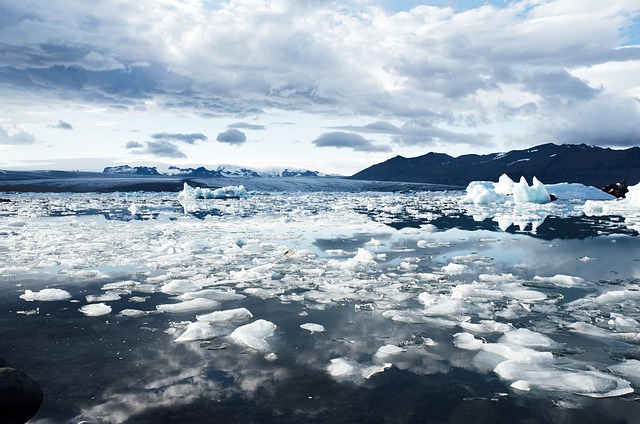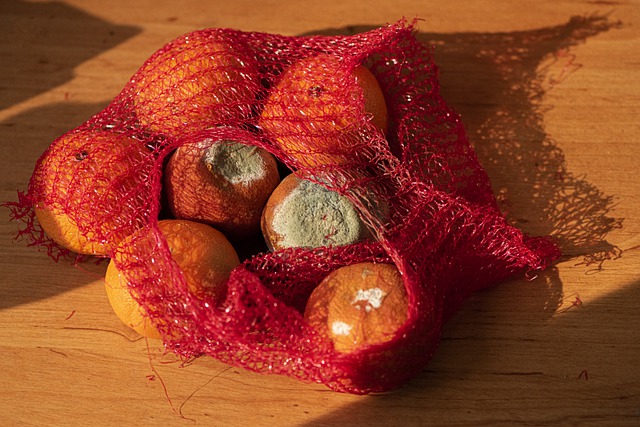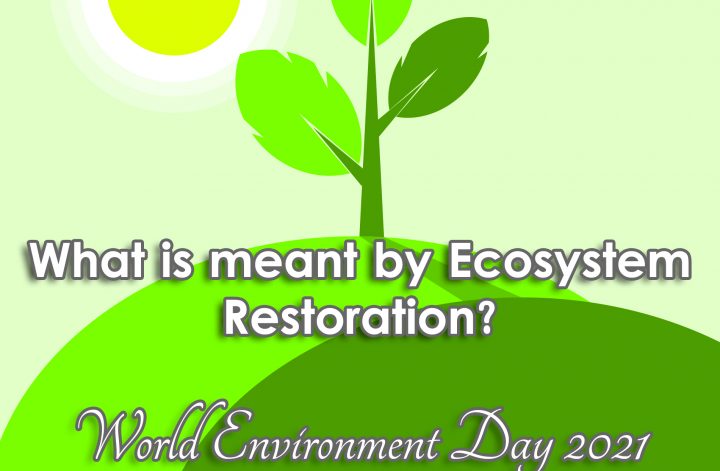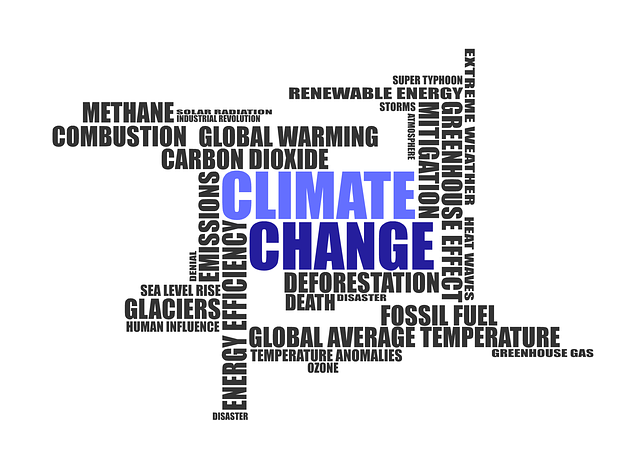What is meant by Glacial Lake Outburst Flood (GLOF)?
The lakes formed due to the steadily melting ice at the very top of glaciers is what is called a glacial lake. This glacial lake is contained and regulated by dams. However, in the event of a sudden melting or faster than usual melting, as we are seeing in most cases currently due to climate change and global warming then this steady release of meltwater can sufficiently increase either due to excessive rainfall events or a combination of both natural and global warming aggravated reasons. The large release of water at any time from glacial bodies make these lakes very unstable.
Therefore, when the dams burst it result in what we call a Glacial Lake Outburst Flood or GLOF.
Also check out: How to Reduce Disastrous Impacts of Floods? – Mitigation Methods
Causes of Glacial Lake Outburst Flood (GLOF):
- Extreme Weather Events: Excessive rainfall, heatwaves that result in rapid snow melting, or other disastrous but natural weather events like earthquakes may also become the reason for a glacial lake outburst that can further lead to flooding.
- Upstream Flooding: another lake being flooded by any of the reasons above mentioned can lead to a domino effect on other glacial lakes downstream. One moment they can be steady and calm and a few moments later they can also be flooding due to the flow of the water coming from upstream.
- Slope Failure: Rapid slope movement into the lake which involves that melting ice can accumulate overtime behind dams or any other structure and suddenly be released without any warning. This also leads to GLOFs.
- Lack of Dams or Degraded Dams
Also check out: Glacier Melting and Glacial Retreat – Causes, Effects, Solutions
Effects of Glacial Lake Outburst Floods:
- Mountain communities are vulnerable to flooding and other impacts associated with it.
- Water Pollution due to meltwater that is further contaminated by Particulate matter and air pollutants.
For further information on this please check out: Blackening Glaciers of World -Carbon Black Deposition Impact - Destruction of infrastructure and developmental progress
- Large scale displacement of people and loss of life and property.
Related: Glacial Lake Outburst Floods in Pakistan- Causes and Effects
Solutions to Reduce Impacts of Glacial Lake Outburst Floods:
- Build Moraine dams- Moraines are the leftover debris that is transported and then accumulated or gathered in one place by a glacier via its movement of waters (glacial lakes) Thus, establishing a dam using this moraine can be used to control the breach of other glacial water and prevent any flooding.
- Install Radar and Early Warning Systems: This will enable individuals and vulnerable populations to be able to respond in a timely manner and make proper efforts to rehabilitate and evacuate if need be. It will strengthen the resilience of the people as it can prevent loss of life and property.
- Reduce Carbon Emissions: as global warming is the reason for the rapid melting of ice and snow on glaciers that often lead to a surge of glacial water in the lakes leading to flooding.
- Construction of outflows or outlets to pump or remove water out from the lake before it is at the stage of posing a flooding risk. This water can be used for various purposes by the local populace.
- Construct a tunnel through the moraine barrier or under the ice structural dams.
Conclusion:
With climate change and more extreme events and the irregularity of the weather patterns GLOFs are and will also pose a threat of flooding to the already vulnerable communities of people living in Pakistan. And since Pakistan has the highest number of glaciers – known as the third pole for a reason- outside the poles, the risk is even higher.
You may also like to read: Third Pole Is Melting – Himalaya-HinduKush-Karakoram Glacier
We hope you liked this post! Please comment below if you have any suggestions, comments or feedback! We at #envpk love hearing from readers! Thanks




